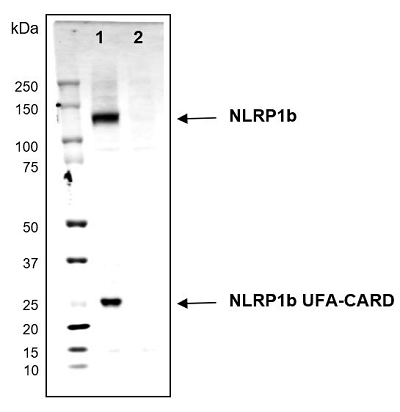Cookie preferences
This website uses cookies, which are necessary for the technical operation of the website and are always set. Other cookies, which increase the comfort when using this website, are used for direct advertising or to facilitate interaction with other websites and social networks, are only set with your consent.
Configuration
Technically required
These cookies are necessary for the basic functions of the shop.
"Allow all cookies" cookie
"Decline all cookies" cookie
CSRF token
Cookie preferences
Currency change
Customer-specific caching
FACT-Finder tracking
Individual prices
Selected shop
Session
Comfort functions
These cookies are used to make the shopping experience even more appealing, for example for the recognition of the visitor.
Note
Show the facebook fanpage in the right blod sidebar
Statistics & Tracking
Affiliate program
Conversion and usertracking via Google Tag Manager
Track device being used

| Item number | Size | Datasheet | Manual | SDS | Delivery time | Quantity | Price |
|---|---|---|---|---|---|---|---|
| AG-20B-0084-C100 | 100 µg | - | - |
3 - 9 business days* |
440.00€
|
If you have any questions, please use our Contact Form.
You can also order by e-mail: info@biomol.com
Larger quantity required? Request bulk
You can also order by e-mail: info@biomol.com
Larger quantity required? Request bulk
The NLRP1 inflammasome is a multiprotein complex that is a potent activator of inflammation. As... more
Product information "Anti-NLRP1b (mouse), mAb (2A12)"
The NLRP1 inflammasome is a multiprotein complex that is a potent activator of inflammation. As inflammasome-forming sensor protein, NLRP1b, upon detection of microbial molecules or pathogen-encoded activities, serves as a platform for the recruitment and activation of proinflammatory caspases including caspase-1 through a caspase activation and recruitment domain (CARD). Active caspase-1 mediates the maturation and release of the proinflammatory cytokines interleukin IL-1beta and IL-18. Mouse NLRP1b can be activated through proteolytic cleavage by the bacterial Lethal Toxin (LeTx) protease, resulting in degradation of the N-terminal domains of NLRP1b and liberation of the bioactive C-terminal domain, which includes the caspase activation and recruitment domain (CARD). NLRP1b has an unusual domain architecture, containing a CARD at its C-terminus rather than the N-terminus like all other inflammasomes, and a function-to-find domain (FIIND), which is located between the LRRs and CARD. The FIIND undergoes a constitutive self-cleavage event, such that NLRP1b exists in its non-activated state as two, noncovalently associated polypeptides, the N-terminal domains and the C-terminal CARD-containing fragment. Inflammasome activation is the result of site-specific cleavage in the N-terminus of mouse NLRP1b by the Lethal Factor (LF) protease subunit of LeTx, which results in its activation. Upon cleavage by LF, a novel N-terminus is formed, which is then targeted for proteasomal degradation by a protein quality control mechanism called the 'N-end rule' pathway. Since the proteasome is a processive protease, it progressively degrades the N-terminal domains of NLRP1b but is disengaged upon arriving at the self-cleavage site within the FIIND domain. Degradation of the N-terminal domains thus releases the bioactive C-terminal CARD-containing fragment of NLRP1b, which is sufficient to initiate downstream inflammasome activation. Genetic variations in the NLRP1/NALP1 gene are associated with susceptibility to vitiligo-associated multiple autoimmune disease type 1, an autoimmune disorder characterized by the association of vitiligo with several autoimmune and autoinflammatory diseases including autoimmune thyroid disease, rheumatoid arthritis and systemic lupus erythematosus.
| Supplier: | AdipoGen Life Sciences |
| Supplier-Nr: | AG-20B-0084 |
Properties
| Application: | WB |
| Antibody Type: | Monoclonal |
| Clone: | 2A12 |
| Conjugate: | No |
| Host: | Mouse |
| Species reactivity: | mouse, rat |
| Immunogen: | CARD domain of mouse NLRP1b. |
| Purity: | >95% (SDS-PAGE) |
| Format: | Solution |
Database Information
| UniProt ID : | Q2LKW6 | Matching products |
Handling & Safety
| Storage: | -20°C |
| Shipping: | +4°C (International: +4°C) |
Caution
Our products are for laboratory research use only: Not for administration to humans!
Our products are for laboratory research use only: Not for administration to humans!
Information about the product reference will follow.
more
You will get a certificate here
Viewed

